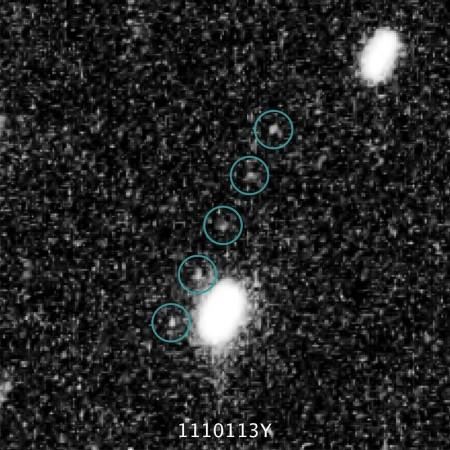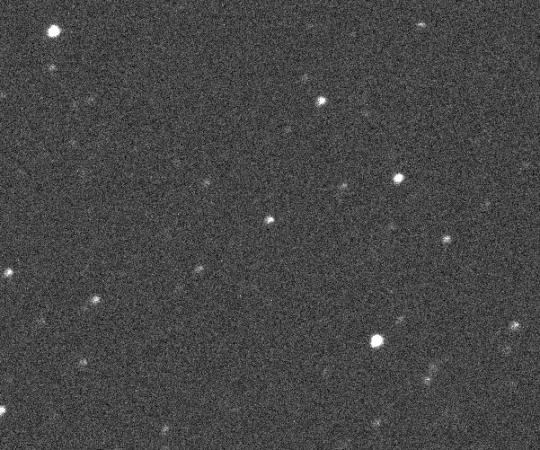
An occultation has been captured with the help of the telescopes deployed by NASA's New Horizons team, while they were examining the mysterious Kuiper Belt object (KBO) dubbed 2014 MU69.

ALSO READ: Alien signals discovered by astrophysicists; here are the top 7 facts
This finding was made in a remote part of Argentina on Sunday, just before midnight Eastern Time (6:20 am IST, 12.50 am local time) on July 17. The New Horizons team was also supported by Argentinian scientists, government officials, and locals.
An occultation is an event that occurs when one object is hidden by another object that passes between it and the observer.
The KBO 2014 MU69 is also referred to as a solar object present 6.5 billion kilometres (4 billion miles) away.
ALSO READ: Huge 'alien footprints' found in Indian village spark fear among residents [VIDEO]
The occultation was captured and confirmed by five of 24 mobile telescopes in Argentina.
"So far we have five confirmed occultations," said Marc Buie of the Southwest Research Institute (SwRI) in Boulder, Colorado, holding up five fingers as New Horizons scientists pored over the exhilarating initial data, according to a statement.
A team comprising of more than 60 observers was led by Buie who faced challenges like strong winds and cold weather to set up a "picket fence" of 24 mobile telescopes in a remote region of Chubut and Santa Cruz, Argentina. New Horizons will fly by to explore it and understand its size, shape, orbit and the environment.
The Hubble Space Telescope was able to detect MU69 successfully before these observations were made.
"It was the most historic occultation on the face of the Earth," said Jim Green, NASA's director of planetary science in a congratulatory call to the team, as the space agency reported in a statement. "You pulled it off and you made it happen."
Here are 7 things to know about 2014 MU69:
- Kuiper Belt object (KBO) is faint and distant making it difficult for the astronomers to analyse.
- This primitive solar system object is rocky remains of a planetary formation and is a cold classical object due to its orbit.
- This elusive KBO was first spotted on June 26, 2014 with the help of Hubble Space Telescope during the initial survey to detect a suitable candidate from the Kuiper belt for the New Horizons probe to fly by.
- This KBO has avoided collisions and external disturbances to a large extent, which makes the researchers believe that it can provide a good understanding about the solar system's origin.
- MU69 is believed to be the farthest object ever detected by any spacecraft so far.
- NASA chose 2014 MU69 as the next destination for the New Horizons mission post its closest flyby of the Pluto system on July 14, 2017.
- NASA has scheduled the flyby of New Horizons spacecraft by this ancient relic of solar system formation on January 1, 2019.









